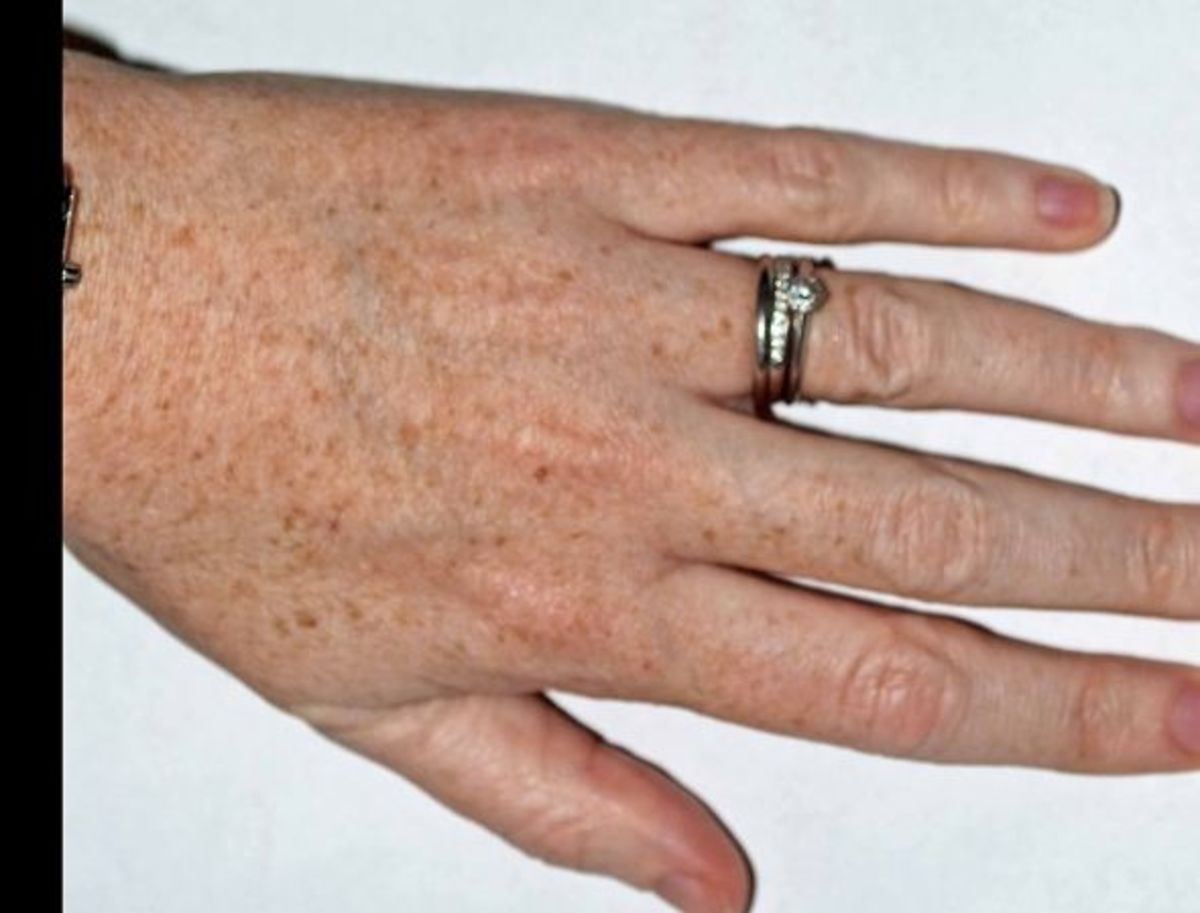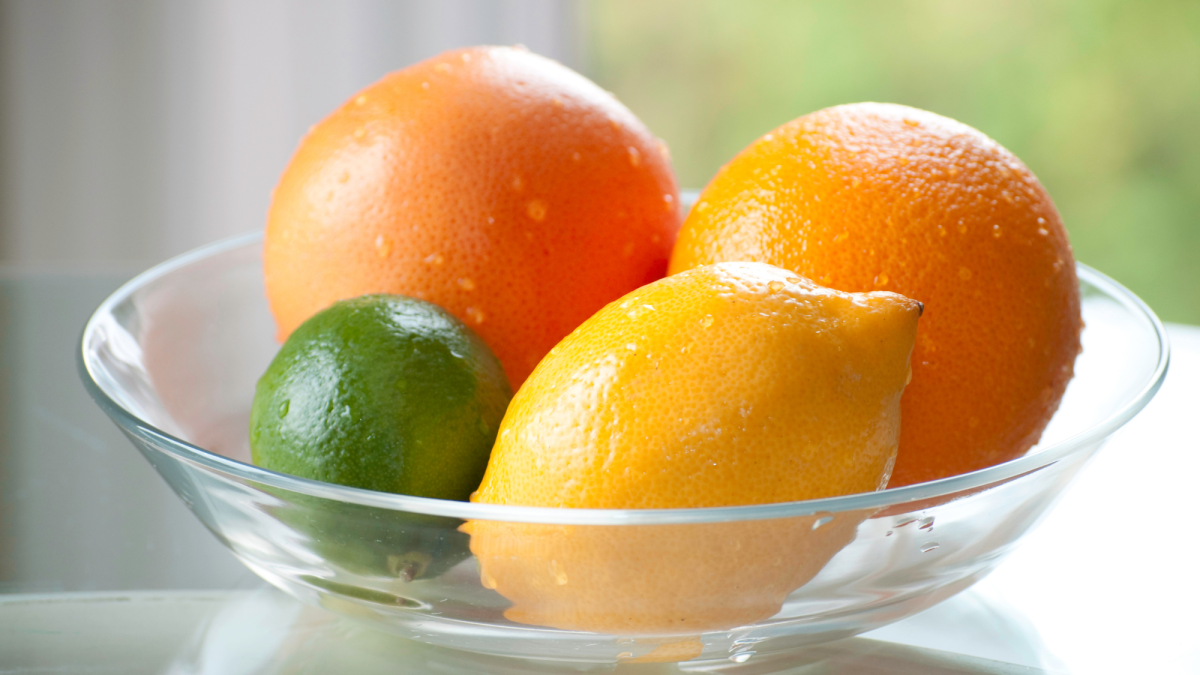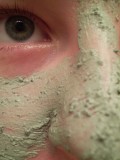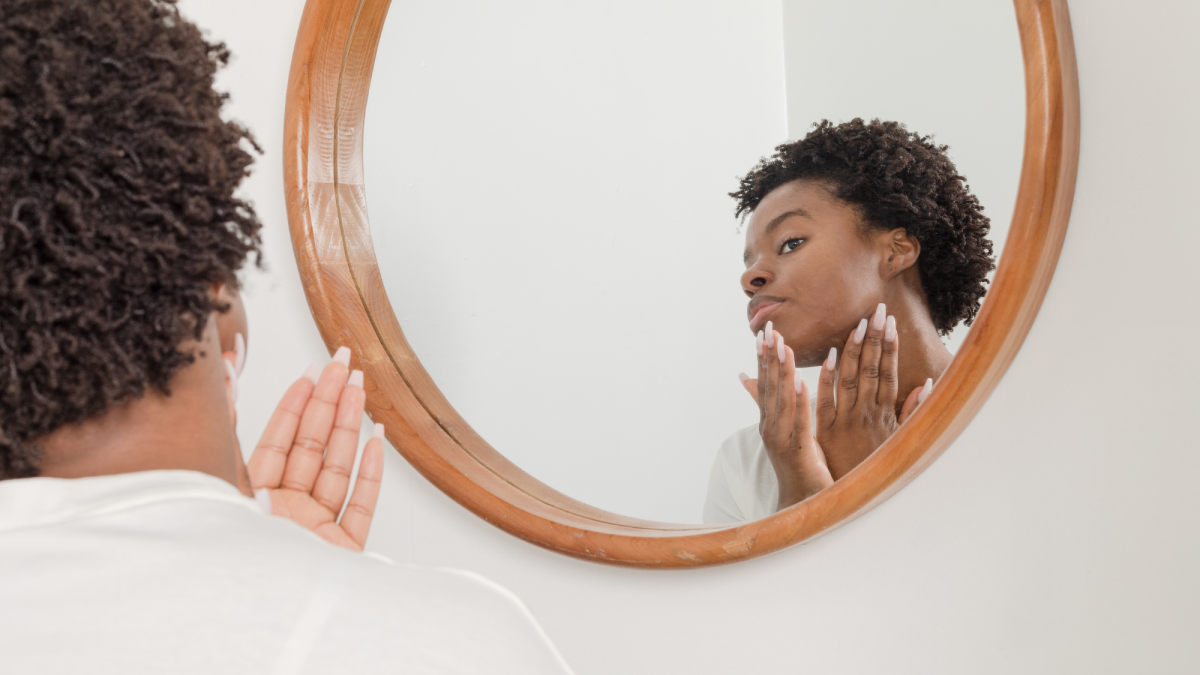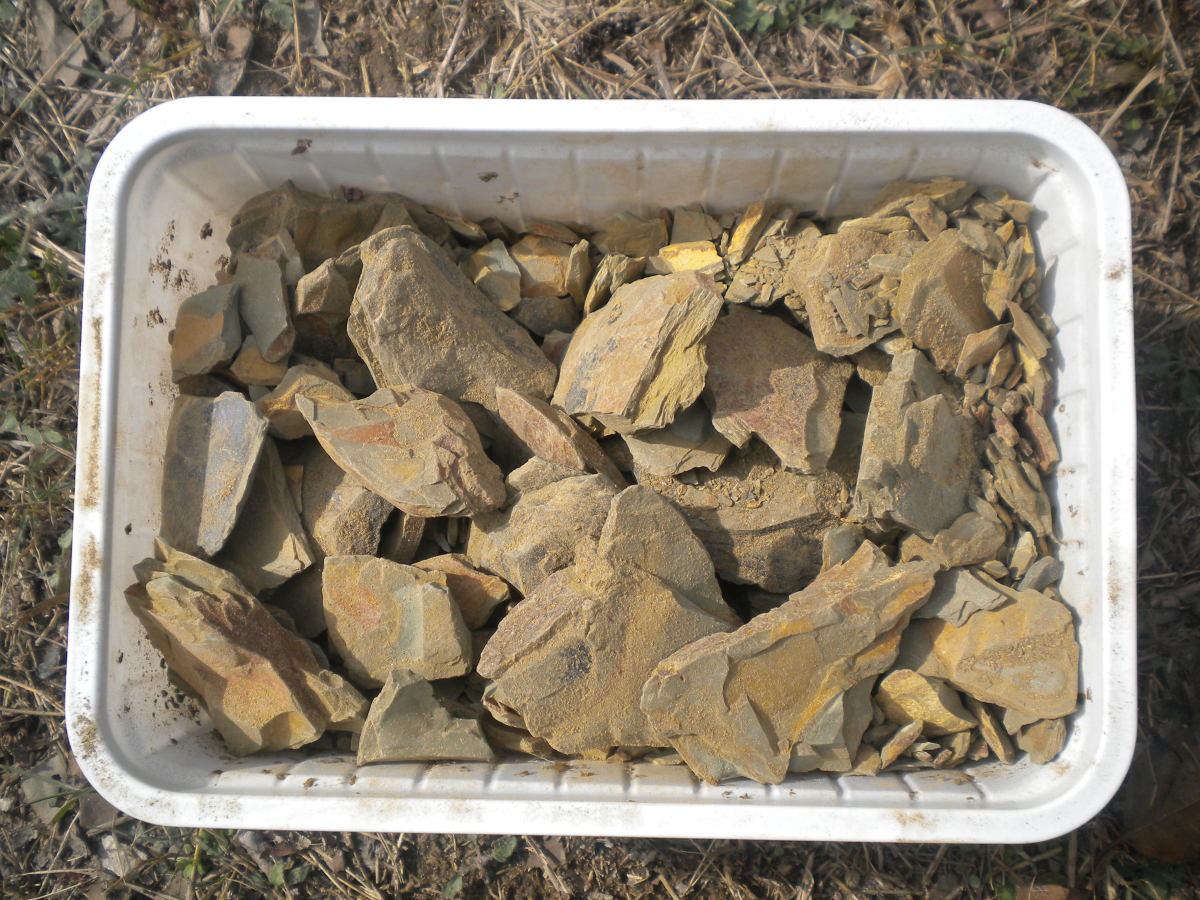What Is Skin Resurfacing?

What is Skin Resurfacing?
When the skin is given a deep exfoliation, removing the top layer of skin known as the epidermis.
There are many types of resurfacing treatments. Some more invasive than others. Removing the top layer of skin in this way promotes collagen production and gives the skin a lovely dewy glow. It will soft to the touch and can remove fine lines and dark spots too.
What Different Treatments Are Available
There are a few popular treatments available to you if you are looking to get that youthful glow back into your skin and perhaps reduce those fine lines and rid yourself of sun damaged skin. We'll start by looking at the less invasive resurfacing treatments on offer.
- Deep exfoliation
- Dermaplaning
- Facial shaving
- Glycolic Peels
- Retin-A
A deep exfoliation might include some sort of glycolic scrub and is the most basic of treatments on offer.
Dermaplaning is becoming very popular in the UK. There are only a few therapists in my area that currently qualify to treat the skin in this way and this is because it's treated as a cosmetic procedure. The top layer of skin is removed with a razor like blade, not dis-similar to a stanly knife. Along with the dead skin cells comes the fine fluff that appears on the face and can become thicker as we age. Dermaplaning is usually performed every few weeks for optimum results over time.
Facial shaving is much like dermaplaning as it removes the fine facial hair. It is widely used now by women at home to remove the dead skin from the surface and is said to give a beautiful fresh faced look which lasts a few days. Facial shaving can be done every week.
Glycolic peels are quite strong, although not the strongest of the facial resurfacing peels, that being TCA. It is advisable to start with a glycolic peel if you are treating yourself at home. TCA peels should only be performed in the salon and by a professional. Peels require a recovery period of at least two days and perhaps longer if your skin reacts enthusiastically! You may not want to go out in public as the skin goes very dry and peels off in large pieces.
Retin-A can be used as a peel in conjunction with some micro-needling. Again, this gives a lovely glow that lasts a while. Micro-needling should not be performed more than once a week.
Laser Skin Resurfacing
This is by far the harshest of the resurfacing treatments but one of the most effective ways to remove the top layer of skin. The laser goes down a little further than standard at home peels and causes damage that in turn causes collagen to be made at a faster rate.
With the most advanced lasers you can expect permanent removal of pigmentation, lines, mottled skin, acne scars and other imperfections. Wow, super!
One of the most popular choices when it comes to laser skin removal is the Fraxel laser which has two treatment modes - one to specifically target wrinkles and acne scarring, and the other to effectively combats pigmentation, uneven skin tone and superficial signs of ageing.

Take Professional Advice
It's strongly advisable to seek professional advice before embarking on any sort of cosmetic procedure.
Peels are great when performed sensibly at home. Always read the instructions and check out videos online. If you are unsure about how to proceed then it's probably best to visit the salon to be on the safe side.
Skin is very delicate and even the toughest can be permanently damaged without proper care and attention
How Often?
Each treatment will have different advice. Laser resurfacing should not be performed more than twice a year but at home peels (mild peels) can be performed every few weeks.
Retin-A can be used as part of your regular skin care routine but not in conjunction with the derma-roller. This should only be used once a week at the very most.
After Care
You should always keep your skin hydrated, and skin that has been resurfaced will be more prone to becoming dry and damaged by the sun. Always wear an SPF of 50 for the first weeks or so following a resurfacing procedure and then a minimum factor of 30.
The sun is a major cause of ageing and skin damage. It's just as strong in the UK as anywhere else even if it doesn't feel as if it is ;)


